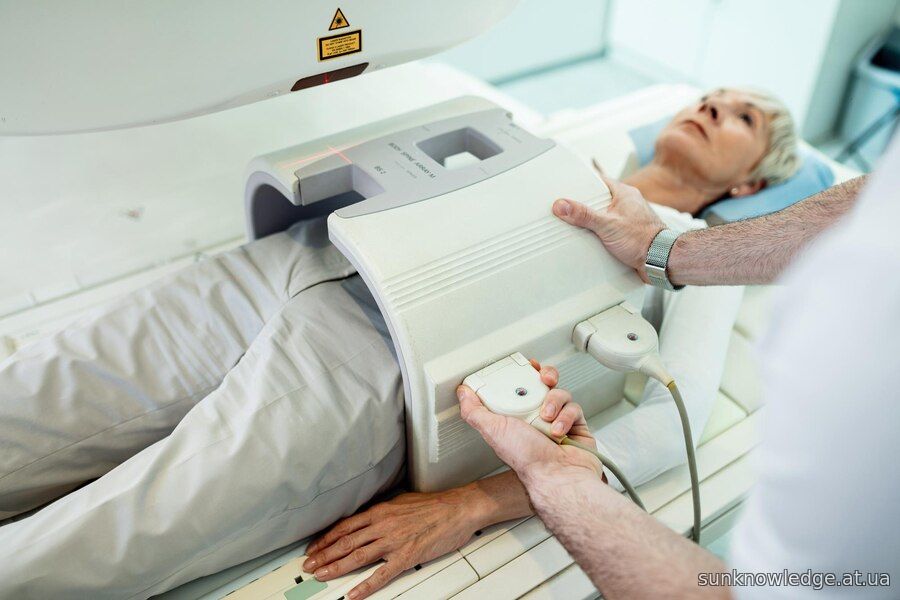11:11 PM Critical Steps to Simplify Your Sleep Study Prior Authorization Process |

You need to get good at the clinical evaluation, data management and prior authorization process to make your RCM work better for your sleep center. And if you put in the right time and effort, it will help things run smoother. This means you’ll get paid faster and your center will work better in the long run. The first thing you should definitely comprehend is the role of sleep history in your sleep study prior authorization process:Know about the importance of sleep history in your sleep study prior authorization:You need to know that getting a detailed sleep history is super important, says the AASM. It’s like the backbone of figuring out what’s wrong. You have to focus on the sleep symptoms that match the problem you think might be there. These symptoms are a big part of the story you’re trying to understand! You need to pay attention to all the signs, like feeling super tired during the day or snoring loudly at night. These clues help you understand what’s going on with a patient. Don’t forget to include things like snorts, gasps, or times when they stop breathing while sleeping. You should also note if they wake up a lot at night, have a history of Obstructive Sleep Apnea (OSA), and how they responded to it. Morning headaches and high blood pressure linked to OSA are also important to write down in the sleep history. These details make the picture much clearer! Fortunately, you can still ensure a robust sleep study prior authorization process with two critical steps. Make your sleep study prior authorization simplified with the following 2 steps:Document sleep related symptoms to avoid prior authorization roadblocks:You need to look out for sleep-related symptoms that could mean someone has a sleep disorder. When you notice these symptoms, it’s a good idea to think about doing a sleep test. Writing down these symptoms is really important because it makes the whole prior authorization process at the sleep center go much smoother. It helps make sure everything is ready and easy to move forward! You need to watch for more than just breathing problems when it comes to sleep disorders. Other signs can be things like your patient moving a lot during sleep, talking in their sleep, or acting confused while sleeping. If your patient has trouble falling asleep, doesn’t feel adequately rested when they wake up, or even forget things easily, these could be signs of a sleep disorder too. If you see that your patient has been facing trouble with their sleeping time, cannot feel rested enough after having a sleeping time or struggling with remembering things, you can consider those symptoms as a sleeping disorder. Prioritize the value of physical examination:You need to make sure a proper physical exam is part of the clinical evaluation to make the prior authorization for a sleep study super easy. Whether you do the exam in person or online, it should include checking the heart and lungs, looking at obesity levels, and measuring neck size. Don’t skip an oropharyngeal exam either—it can show important clues that help with the diagnosis and make it easier to get insurance reimbursement. This way, you’re all set for a smoother process! You need to remember that getting sleep study prior authorization is all about having the right information and processes in place. From documenting detailed sleep histories to noting every sleep-related symptom, you’re building a solid foundation for success. Don’t forget the importance of physical exams—they give you the extra details you need to make things easier. When you focus on these steps, you make the whole prior authorization process smoother. This means less stress, faster payments, and better results for your sleep center. Take your time, do it right, and you’ll see how much easier it gets to help your patients and keep your center running smoothly! |
|
|
| Total comments: 0 | |